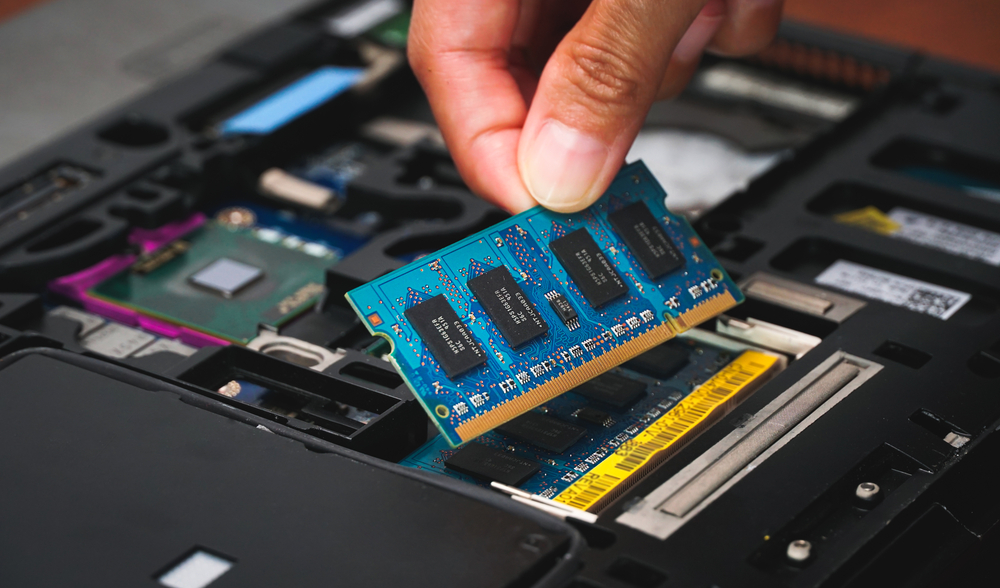Researchers have discovered that SOT-MRAM memory technology can replace cache memory in computer architectures in the future.
The team achieved groundbreaking advances in memory technology in a close collaboration with Antaios, a French magnetic random access memory company.
Their innovations based on spin-orbit torque (SOT) magnetic random access memory (MRAM) provide a highly efficient and powerful solution for data processing and storage.
“This prototype is a kind of thing and could revolutionize data storage and processing. This is consistent with global goals to reduce energy consumption, and to a faster, more efficient memory solution. paves the way for this,” said Dr. Rahul Gupta, a former doctoral researcher at the JGU Institute of Physics and lead author of the study.
Benefits of SOT-MRAM Memory Technology
SOT-MRAM stands out for its superior power efficiency, non-volatile and performance compared to static RAM, making it a powerful candidate for replacing cached memory in computer architectures, for example.
This cutting-edge technology uses current to switch magnetic states and enables reliable data storage. However, one important challenge is ensuring industrial compatibility while reducing the high input current required during the writing process.
This includes maintaining sufficient thermal stability to store data for more than 10 years, and minimizing the energy required to perform storage tasks.
By leveraging previously neglected orbital currents, researchers at JGU and Antaios have created unique magnetic materials that incorporate elements such as Ruthenium as SOT channels (a basic component of SOT-MRAM memory technology). It has been developed and has significantly improved performance.
Their innovations include:
Compared to existing industrial-scale memory technologies, overall energy consumption is reduced by more than 50%. Increases efficiency by 30%, allowing faster and more reliable data storage. The input current required for magnetic switching to store data is reduced by 20%. Achieves thermal stability coefficients to ensure the lifespan of data storage for more than 10 years.
The secret behind the efficient memory of technology
Breakthroughs utilize a phenomenon known as the Orbital Hall Effect (OHE) to increase energy efficiency without relying on rare or expensive materials.
Traditionally, SOT-MRAM memory technology relies on the spin characteristics of electrons, and charge currents are converted to spin currents via the spin Hall effect. This process requires elements with high-atom number materials such as platinum and tungsten, usually rare and expensive, and often environmentally friendly, with high atomic number materials.
Dr. Gupta explained: “In contrast, our approach utilizes new fundamental phenomena by utilizing orbital currents derived from charge currents via orbital Hall effect, eliminating cost and rare material dependence. I’ll do that.”
By combining this innovative approach with cutting-edge engineering, the team has developed scalable, practical solutions that can be integrated into everyday technology.
As global energy consumption steadily increases, such breakthroughs highlight the key role of technology in creating a more sustainable future.
“We are delighted that this collaboration has brought about this exciting device concept,” said Professor Mathias Kläui, JGU Project Coordinator.
“Reducing power consumption by discovering innovative physical mechanisms that allow for more efficient technology development is one of the objectives of our research.”
Source link

